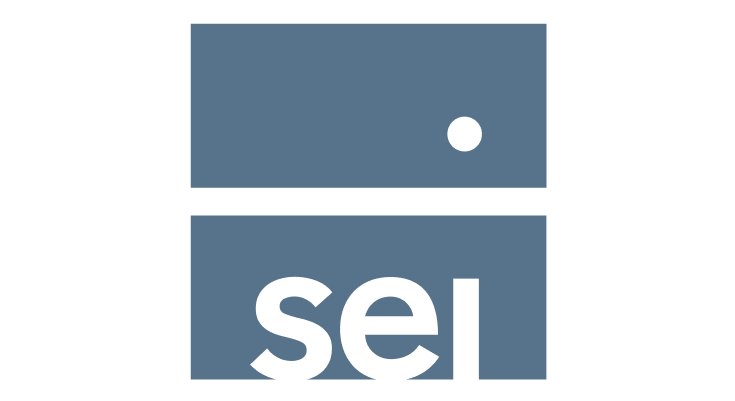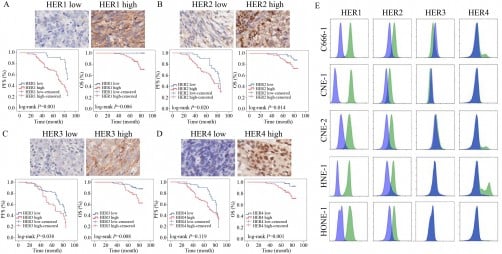Employers Face Rising Costs as Workers Turn to Weight Loss Drugs

The increasing use of weight loss drugs among employees is significantly impacting employer health care costs, prompting some companies to reconsider their insurance coverage. Medications classified as GLP-1, which are designed to assist with weight management, have gained popularity among workers with job-based health insurance plans. This trend has led to soaring expenses for employers, who are grappling with the implications of covering such treatments.
As of early February 2024, reports indicate that the demand for GLP-1 medications, including well-known brands like Ozempic and Wegovy, is rising dramatically. These drugs, initially developed for diabetes treatment, have been found to promote significant weight loss, making them attractive options for many individuals struggling with obesity. The cost of these medications can be substantial, with some estimates suggesting that employers could face increases of up to $1 billion annually due to rising prescription drug claims.
In the United States, where health care costs are already a major concern for many businesses, this surge in medication use has raised alarms. According to data from the American Medical Association, nearly 15% of adults are now using weight loss drugs, a significant increase from previous years. This shift is not only affecting health insurance premiums but also influencing workplace dynamics, as companies evaluate how best to support their employees’ health needs while managing costs.
Balancing Health Benefits and Financial Viability
Employers are now faced with a difficult decision: how to balance the health benefits their employees desire with the financial realities of providing such coverage. Some companies are exploring options like increasing employee contributions for prescription drug plans, while others are considering limiting the types of medications covered.
The potential financial burden stems from the high price tags associated with GLP-1 drugs. For instance, the annual cost for medications such as Wegovy can exceed $20,000 when accounting for insurance co-pays and out-of-pocket expenses. This figure can add up quickly across a workforce, particularly in industries with high obesity rates or where sedentary work is prevalent.
In response to this growing challenge, health care analysts suggest that employers need to adopt more proactive health management strategies. These could include wellness programs, nutritional counseling, and other preventive measures aimed at reducing overall health care costs in the long term. By emphasizing holistic health solutions, companies might mitigate the financial impact of expensive medications while fostering a healthier workforce.
The Role of Pharmaceutical Companies
Pharmaceutical companies are also navigating this evolving landscape. Producers of GLP-1 medications are under scrutiny for their pricing strategies and the implications for health care systems worldwide. As demand for these drugs increases, companies like Novo Nordisk and Sanofi face questions about how to balance profitability with accessibility for patients.
The situation is compounded by regulatory factors in different countries. In some regions, governments are stepping in to negotiate prices or implement caps on drug costs, which could influence how these medications are covered in employer health plans. As companies adjust their health coverage policies, the actions of pharmaceutical firms and government regulators will play a crucial role in shaping the landscape of weight loss drug accessibility.
As the trend of using weight loss drugs continues to grow, employers will need to remain vigilant. The decisions made today regarding health benefits will likely have long-term implications for both the financial health of businesses and the well-being of their employees. As more workers turn to these medications for weight management, the conversation around health insurance coverage will undoubtedly evolve, highlighting the need for sustainable solutions in the workplace.






